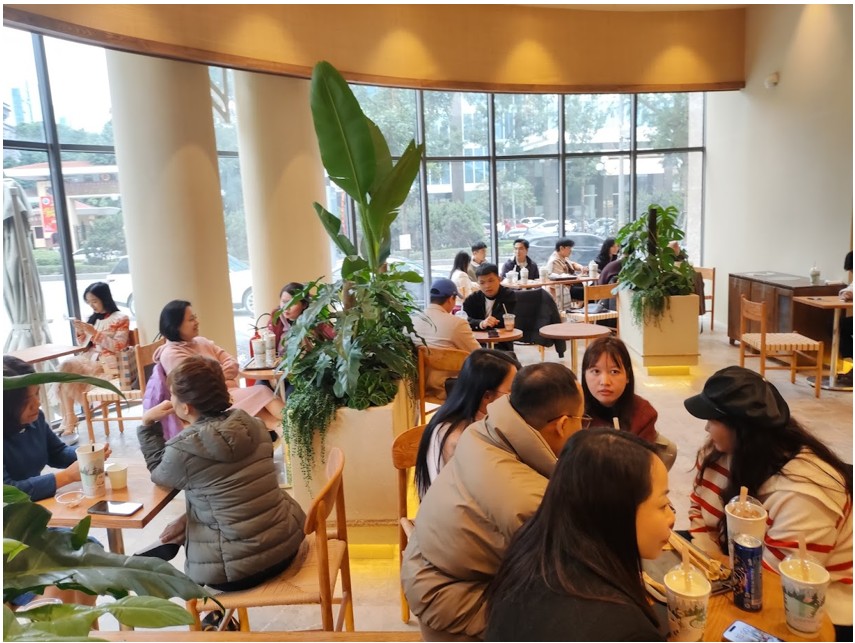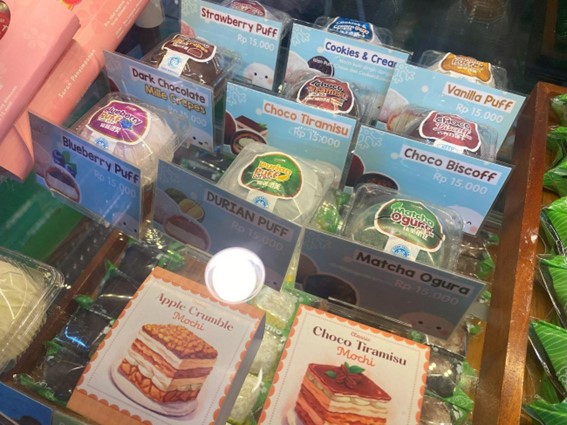[Generation Z in Asian Countries] The food preferences of Generation Z in the Philippines reflect the national character - Western food vs. Japanese food
- Release date: Apr 04, 2025
- 7520 Views
Rather than “cherishing” food, Generation Z Filipinos consider it to be the most important aspect of their lives. Conversations about food are common, such as “What did you eat yesterday?” and “Which new restaurant did you go to last week?
The Filipino Income Class, the green section of The Filipino Income Class, or Middle Class (Upper Middle, Middle Middle), has some income, many working families, and an average of two to three children. Housing varies from houses purchased with loans to rental apartments. Because of their busy work schedules, many look forward to eating out or having meals delivered on weeknights and holidays.
According to the consumer database “Global Viewer” owned by INTAGE, when Filipinos of Generation Z go out to eat, 34% of them choose “Western food (Western cuisine)”. On the other hand, Japanese food is at 27%. Indeed, the Philippines has a history of being under American rule, and the lifestyle and food culture of that era still remain strongly today. It is not an exaggeration to say that it is one of the countries in Asia that has been most influenced by America.

*About Global Viewer
This service provides reports tailored to your issues using questionnaire data on various actual conditions and attitudes of sei-katsu-sha in 11 countries (Asia and US) stocked by INTAGE.
The service covers 400 items, including actual behavioral conditions and awareness, values, and information contact related to various product and service categories.
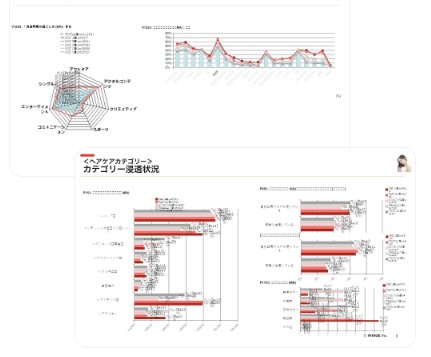
The Philippines is so much an English-speaking country that people use English in their daily lives. Therefore, it is commonplace to have family members working abroad, and they lead an international lifestyle; overseas migrant workers, known as OFWs (Overseas Foreign Workers), are a characteristic feature of employment in the Philippines, and due to the difficulty of finding work in Japan, many people go abroad to work, even within Asia. Many Filipinos work as housekeepers in Singapore and Hong Kong in Asia, while many Filipinos work as nurses or in general employment in the English-speaking United States and Europe.
Because of this lifestyle, Western food is naturally accepted in the Philippines, and many Western restaurant chains have opened in the Manila metropolitan area. Fast food, as well as family-friendly restaurants and coffee shops, are used on a daily basis.
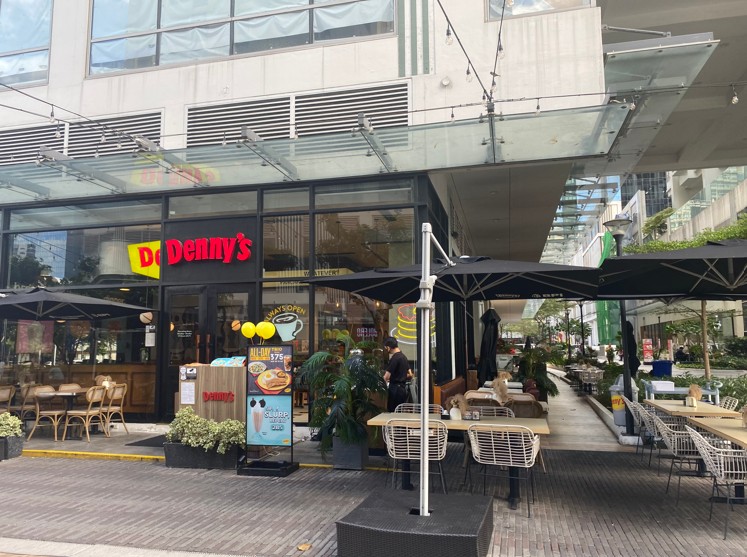
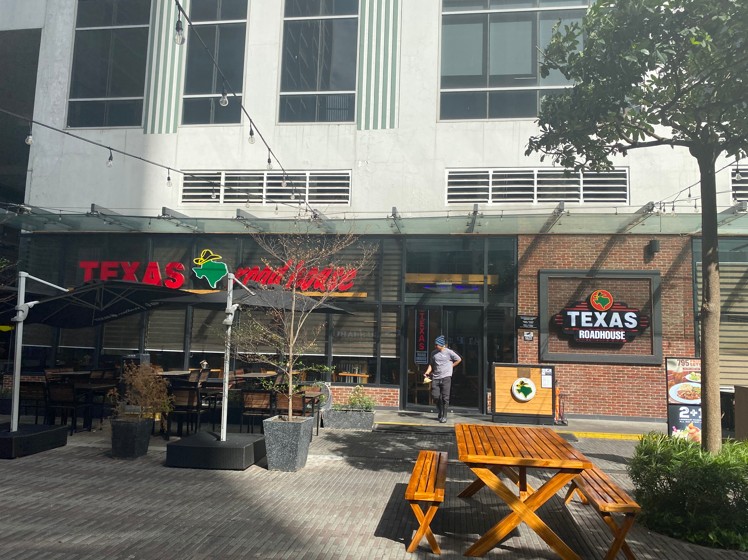
Texas Roadhouse, a steak restaurant from the U.S. that has not yet landed in Japan, has more than 20 outlets in the Philippines, mainly in the Manila metropolitan area, and other chain restaurants are also located in shopping malls. On weekends, Filipino families can be seen enjoying their meals.
McDonald's, KFC, and Shakey's also have numerous outlets, and data showing that a high percentage of Filipinos choose Western food (Western cuisine) when dining out also reflects this background.
Enhanced Delivery
Car traffic congestion in the Philippines continues to be terrible all day long with no improvement. Even if you want to go out with your family, the jeepneys, which are shared cabs, are hot and the exhaust fumes are terrible. The trains are difficult to use because the stations are located high up, and if you go out by car, you get stuck in traffic jams and there are no parking spaces available. This is why many people use take-out and delivery services. Apps such as “Grab Food,” “Raramove,” and “Food Panda,” which are similar to Uber Eats in Japan, are convenient and widely used. The apps make ordering easy, and delivery fees are affordable because of the use of motorcycles and bicycles, making them popular with many Generation Z's. The variety of restaurants that are partnered with these apps is also very busy. With a wide variety of partner restaurants, it has become a popular option for people to eat at home when they are busy or when the weather is bad.
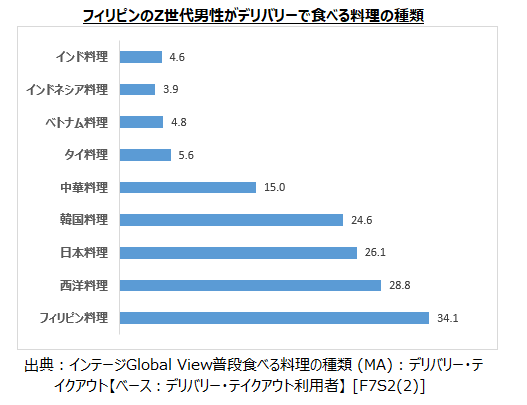
Western cuisine is often chosen for such take-out and delivery. So, what are the Western cuisines commonly eaten in the Philippines? The main menu items include hamburgers (McDonald's, Burger King), sandwiches (Subway), fried chicken (KFC), barbecue pork, pizza (Shakey's, Pizza Hut), pasta, and salads. These have become so prevalent that they can now be considered the national dish of the Philippines. These dishes are very popular among adults and children alike.
In the Philippines, where there are many children, their opinions have a great influence on food choices. The tastes that are familiar from childhood remain popular even after children grow up, and as a result, they are naturally chosen as “the safe choice that is liked by everyone. The Philippines is one of the countries in Asia where Western cuisine (Western food) is particularly prevalent. As a result, the high prevalence of obesity is also a social issue.
https://asianews.network/report-warns-of-alarming-trend-in-philippines-world-obesity/
Stable home cooking by self-catering
In the Philippines, Filipino cuisine accounts for the overwhelming majority of self-catering(50%).
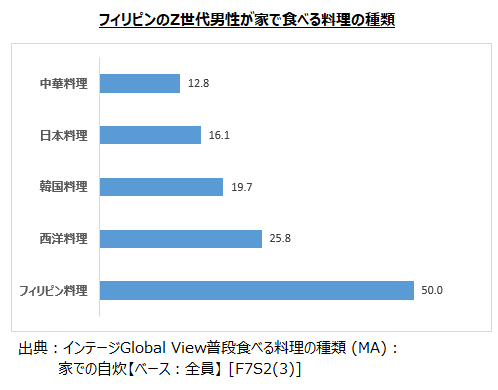
Filipino Generation Z has a strong sense of pride in its own cuisine, and there is a section that truly believes that “Filipino food is the best. They sometimes have a confident, superior attitude toward the cuisine of other countries, and in fact, Filipino food is by far the most popular food they eat at home. Typical dishes include adobo (meat stewed in soy sauce and vinegar), sinigang (sour tamarind), fried fish, and coconut stew, all of which go very well with white rice. The most important part of a Filipino meal is the white rice, and the side dishes are like “garnish” to make the rice tasty.
Because of this food culture, Filipino food is the basic food eaten at home. There is no need to prepare special seasonings or ingredients, and dishes can be made with what is always available at home. In addition, many families have live-in maids who prepare these dishes or at least prepare them for them, so Filipino food is the natural choice at home.
The high percentage of “Western” and “Japanese” food when eating out is probably due to the perception that eating out = something special. It is interesting to note that while Western (Western cuisine) is the dish of choice when eating out or take-out, “other cuisines” are also common. This is also thought to be because they enjoy local dishes and special Filipino dishes that they do not cook at home.
Since the Philippines consists of more than 7,000 islands, each region has its own cuisine. Eating out or having food delivered is an attractive option in terms of tasting Filipino cuisine outside of one's hometown.
In addition, the Philippines was once under the rule of Spain and the U.S., and there is a flexibility in accepting other cultures. They are quick to adopt new things, and I feel that there is still a lot of room for Japanese food to spread in the Philippines.
Translated with AI Translator
Related Articles
[Generation Z in Asian countries] : Thailand: Hair care products and protein-enriched milk that are popular with young women
[Generation Z in Asian Countries] Thailand : The Work Style Generation Z is Seeking - Focus on Young Women Starting Their Own Businesses
[Generation Z in Asian Countries] Vietnam: Vegan cosmetics are attracting the attention of young Vietnamese people
[Generation Z in Asian countries] Vietnam: Trends and behaviors of young women when choosing drinks
[Generation Z in Asian countries] Philippines: Generation Z values “good smells”
Related Article: Understanding Overseas Gen Z Characteristics: Country-Specific Trends in Values and Lifestyle (Singapore, Hong Kong, South Korea, Taiwan, China, Malaysia, Thailand, Indonesia, Vietnam, Philippines)
Using a large consumer database, we identify characteristics and trends among Gen Z in each country and present them in a summary article.
You can also view information on Gen Z in other countries.
Countries Covered: Singapore, Hong Kong, South Korea, Taiwan, China, Malaysia, Thailand, Indonesia, Vietnam, Philippines
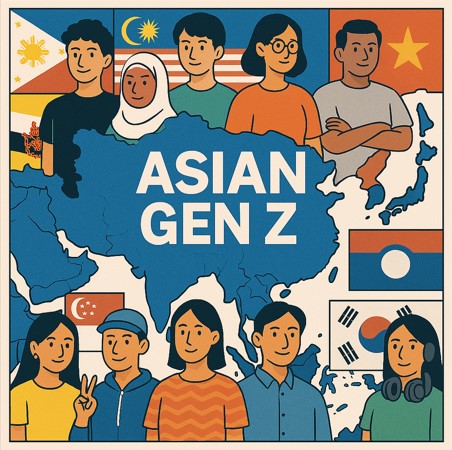
-

Author profile
TNC Lifestyle Researcher
Living in Metro Manila with her Filipino husband. I feel my age by the fact that fried food and meat dishes have become spicy lately and I want to eat dashi or steamed food. My body is honest.
-

Editor profile
Chew Fong-Tat
A Malaysian who has lived in Japan for 14 years. He is in charge of creating the Global Market Surfer website.
 Global Market Surfer
Global Market Surfer CLP
CLP
